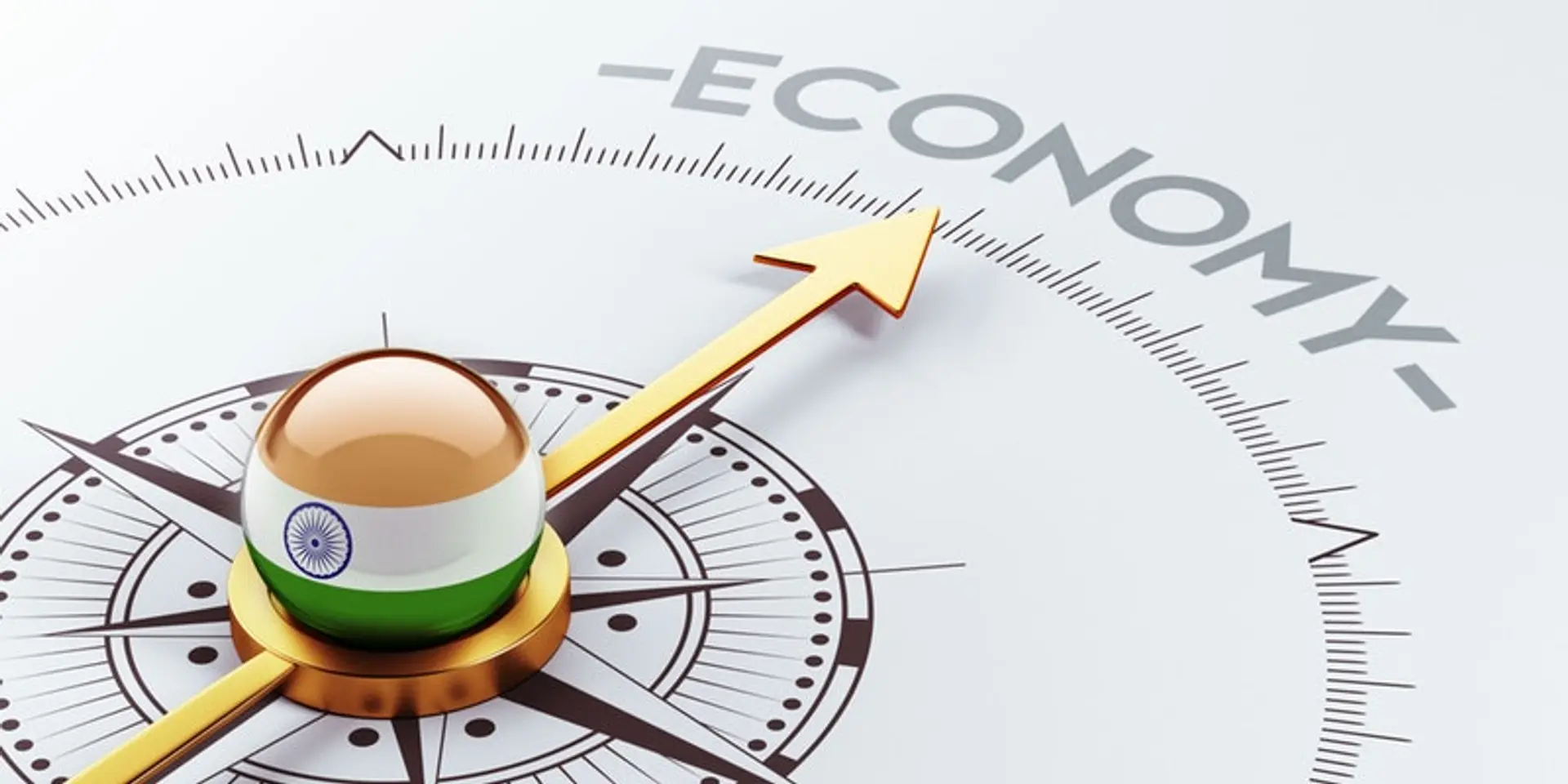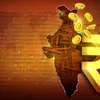India can become world's 2nd largest economy by 2031: RBI deputy governor
The RBI deputy governor said that it has been estimated that if India can grow at the rate of 9.6% per annum over the next ten years, it will break free of the shackles of the lower-middle-income trap and become a developed economy.
India can become the second largest economy by 2031 and the largest in the world by 2060, given the innate strengths of the country, said Reserve Bank Deputy Governor Michael D Patra.
However, India will have to overcome various challenges with regard to labour productivity, infrastructure, contribution of manufacturing sector in GDP, and greening of the economy for sustainable development, he said, in his address to the officials of the Indian Administrative Service at Lal Bahadur Shastri National Academy of Administration, Mussoorie.
"Given the innate strengths I described and the resolve to achieve its aspirational goals, it is possible to imagine India striking out into the next decade to become the second largest economy in the world not by 2048, but by 2031, and the largest economy of the world by 2060," he said.
The senior RBI official also said it has been estimated that if India can grow at the rate of 9.6% per annum over the next ten years, it will break free of the shackles of the lower-middle-income trap and become a developed economy.
"These gains need to be reflected in per capita income with two milestones–a per capita income level of $4516-14,005 to reach middle-income country status, and beyond that level to attain the position of a developed country today. By 2047, however, the developed country threshold will have moved up to $34,000," he said.
He said that current exchange rates determined in the market are subject to bouts of volatility. Hence, their application as denominators to GDP measured in national currencies may not be appropriate for cross-country comparisons.
An alternative measure is purchasing power parity (PPP). It is the price of an average basket of goods and services in each country.
"With PPP, the comparison changes dramatically. In terms of PPP, India is the third largest economy in the world. The $5-trillion milestone for 2027 translates to $16 trillion in PPP terms," Patra said.
The Organisation for Economic Cooperation and Development (OECD) projects that, in PPP terms, India will overtake the US by 2048 to become the second largest economy of the world.
At end-March 2024, India had become a Rs 295.4 lakh crore or $3.6 trillion economy at current exchange rates. At a per capita income of Rs 2,07,030 or $2,500, India belongs in the lower-middle-income group of countries.
Patra was speaking on 'Future Readying India's Monetary Policy'.
He said the principal task of the monetary policy is to become the anchor of the Indian economy.
Short-run fluctuations of aggregate demand have to be managed proactively so that a broad alignment with the economy's evolving productive capacity is ensured.
"Price stability is the best contribution that monetary policy can make to strengthen the foundations of the aspired trajectory of growth over the next few decades," he said.
He emphasised that the formation of inflation in India needs to be navigated towards convergence with global inflation so that both the internal and external value of the rupee is preserved.
This, he said, will prepare the ground for the internationalisation of the rupee and the emergence of India as the economic powerhouse of the world of tomorrow.
Edited by Swetha Kannan








